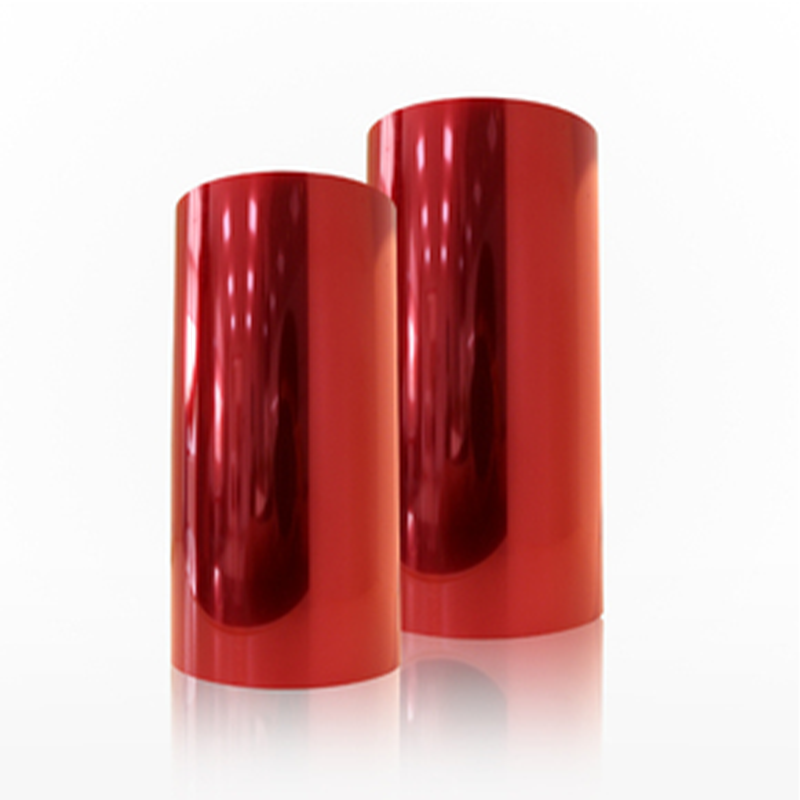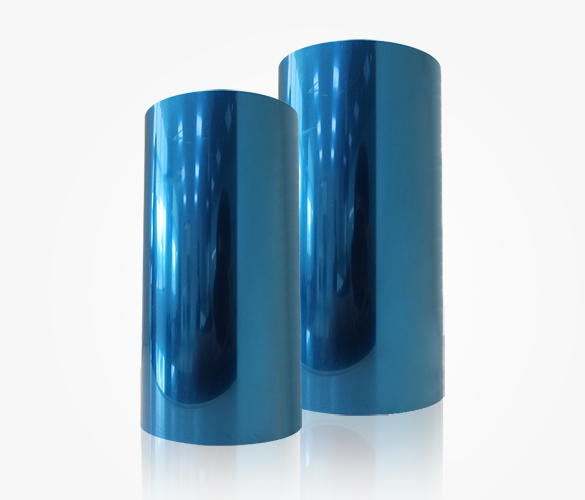

The main reason for using liquid optical adhesive (commonly known as water-based adhesive or LOCA) for touch screens is that, compared to OCA tape, it's more adaptable to height differences and surface unevenness, and can better resolve air bubbles. Of course, its production cost advantage is also a major consideration for many screen owners. Here are a few tips for resolving air bubbles when using water-based adhesive, hoping to inspire others.
There are several main reasons for the bubble problem
1. The OCA optical adhesive contains bubbles. This is mainly caused by the packaging process. Solution: Store the product upright and allow it to rest for 1-2 hours (depending on the viscosity of the adhesive) before use.
2. Improperly calculated dispensing volume. Excessive dispensing can easily lead to overflow. Too little dispensing can easily cause the product to appear completely coated. After curing, the adhesive shrinks, causing bubbles around the edges. Solution: Scientifically calculate the dispensing volume based on the actual process, such as pressure bonding or no pressure bonding. Consider product size, adhesive viscosity, adhesive density, and desired thickness. Use equipment that can control dispensing volume. If equipment is unavailable, err on the side of more rather than less.

3. Glue dispensing path. Improperly designed dispensing paths can create "mouth"-shaped dispensing points. Air is trapped by the glue, leaving no place for it to escape, leading to the formation of bubbles. Solution: Design a better dispensing path to avoid "mouth"-shaped dispensing points. Currently, the most popular dispensing paths are double "Y" or "I" shapes.
4. Lamination method. The glue is applied to the bottom, forming a concave surface. The upper panel is then attached downward, preventing air from escaping. Solution: Apply the glue to the sensor and then attach it from top to bottom. Don't worry about the glue dripping, as it's sticky. This creates a convex shape, allowing the glue to spread across the surface when it contacts the panel, facilitating air release.
5. Bubbles can come from: 1. The adhesive itself 2. The dispensing line 3. All adhesive contacts must be carefully controlled!